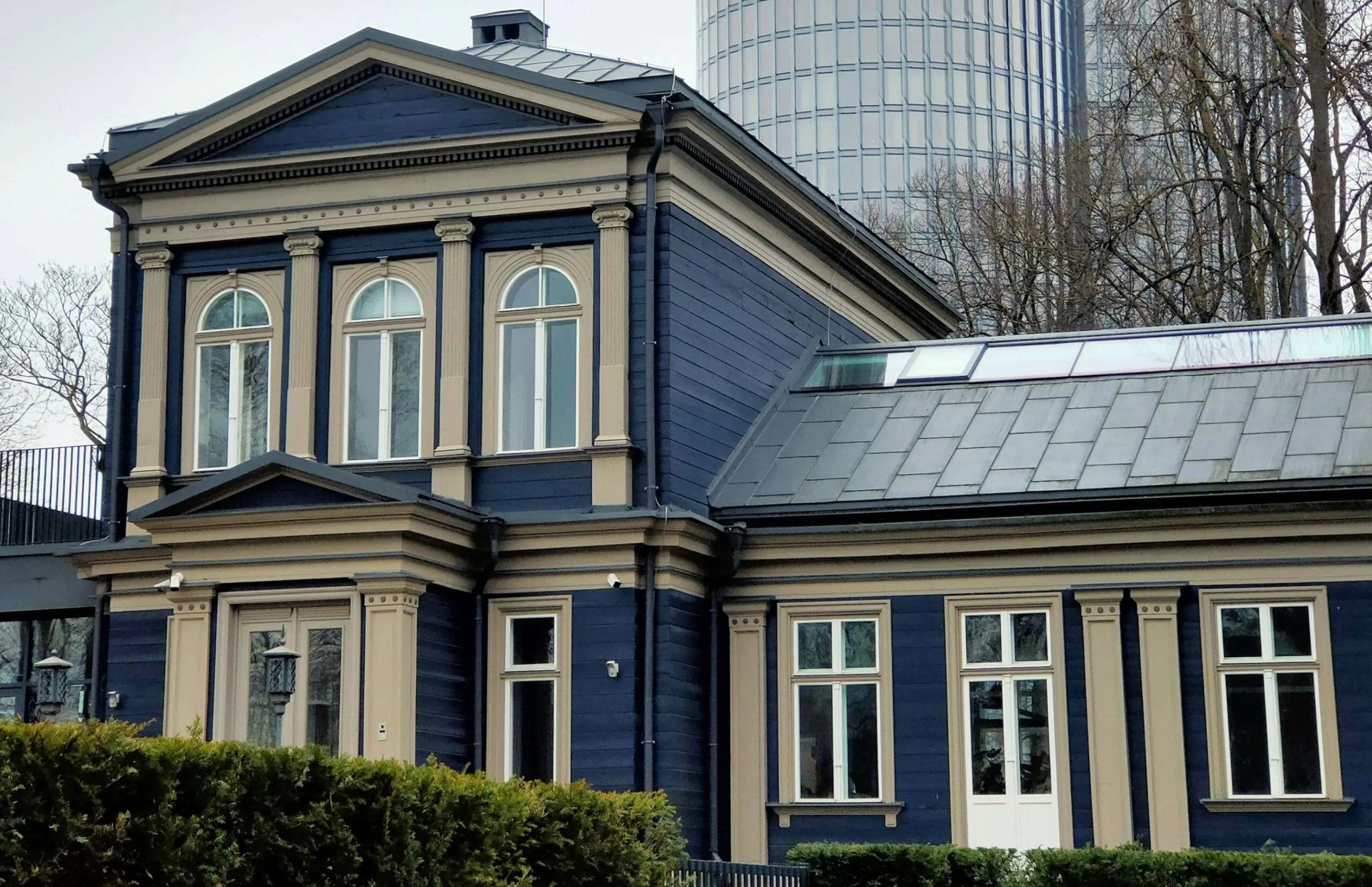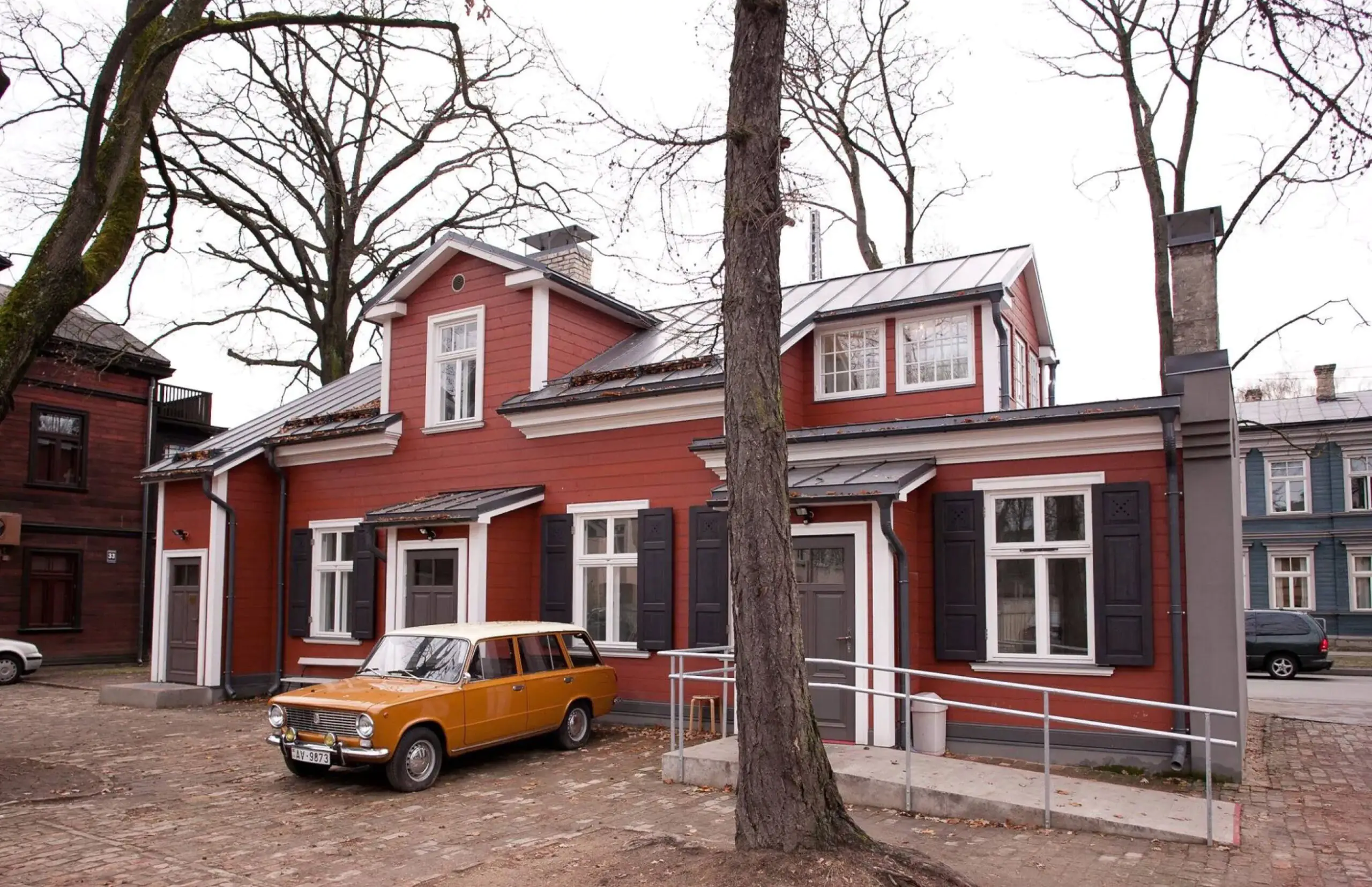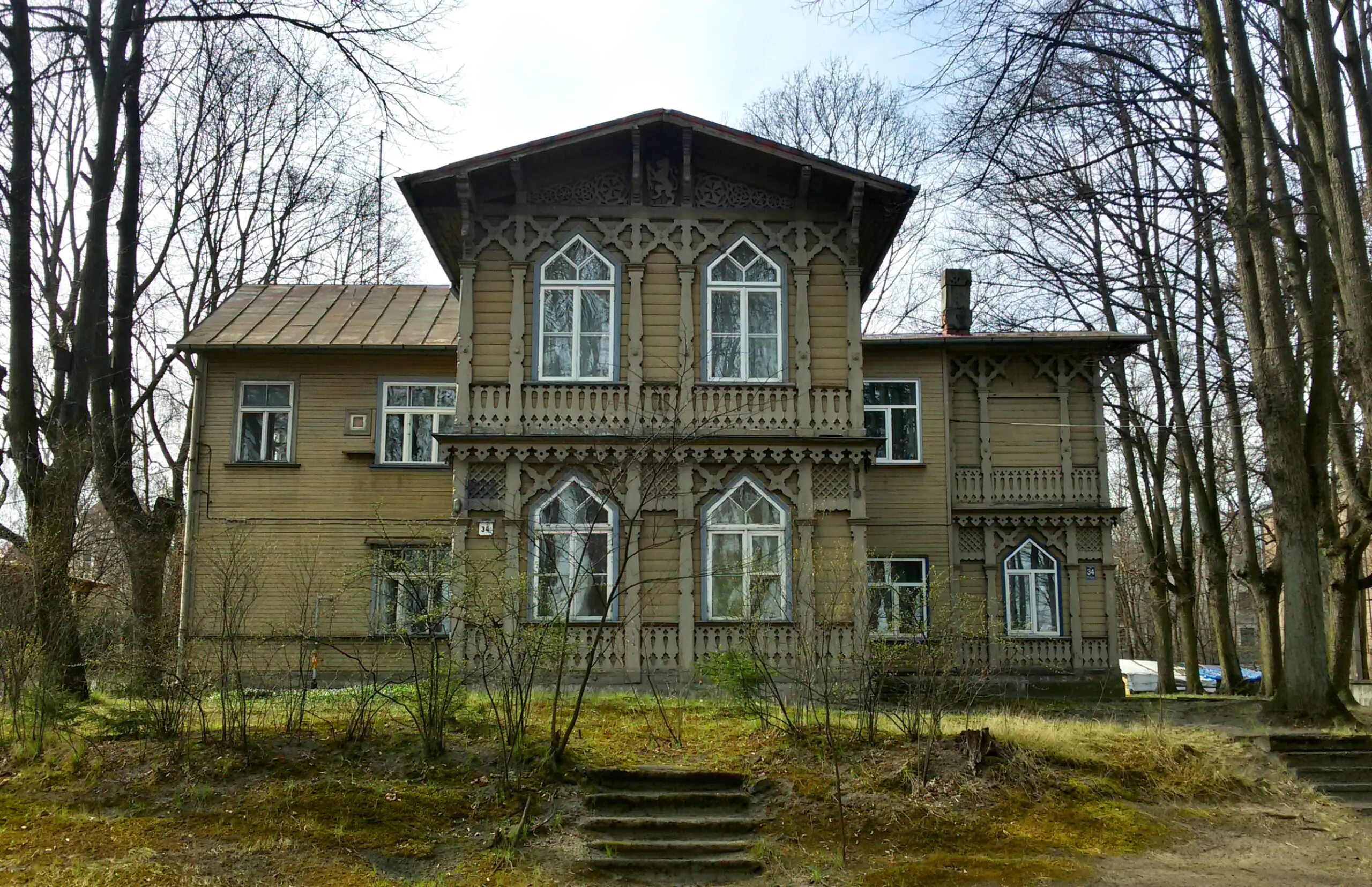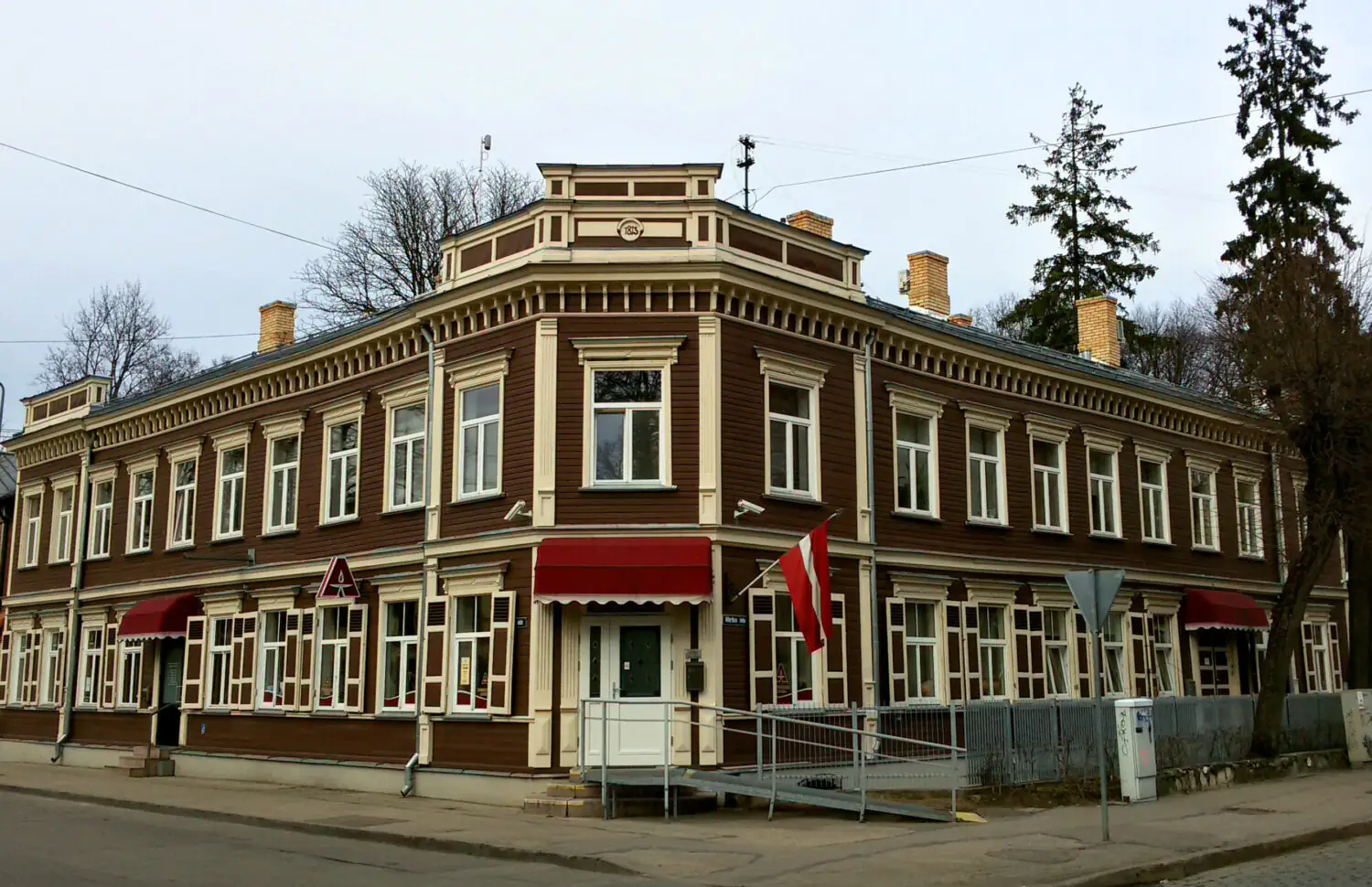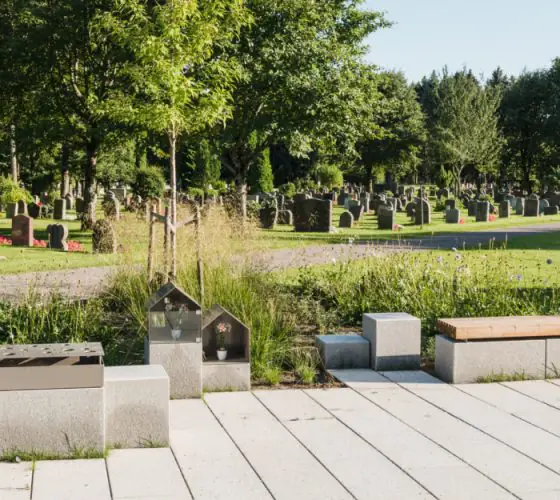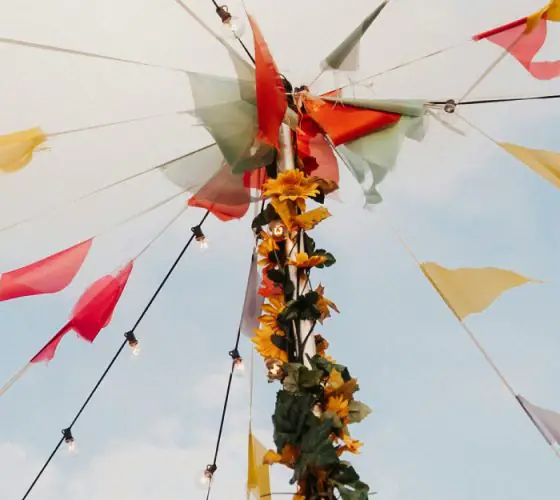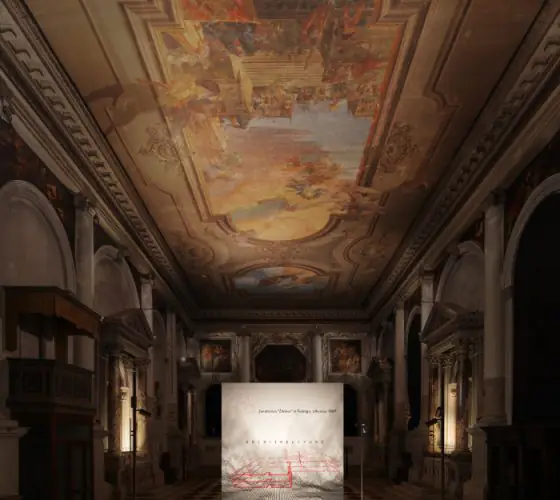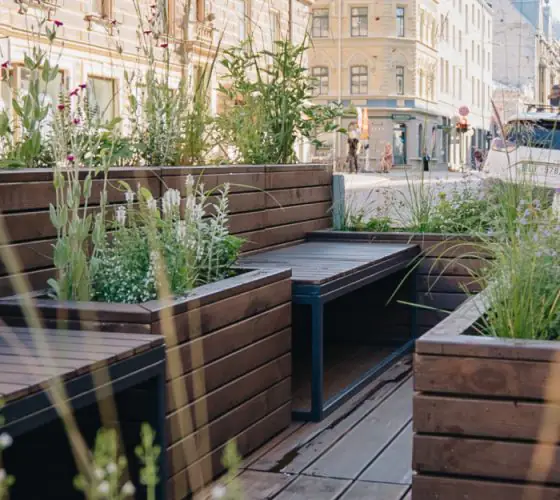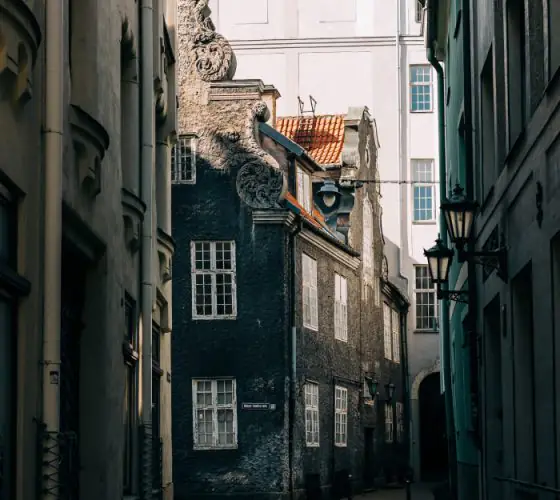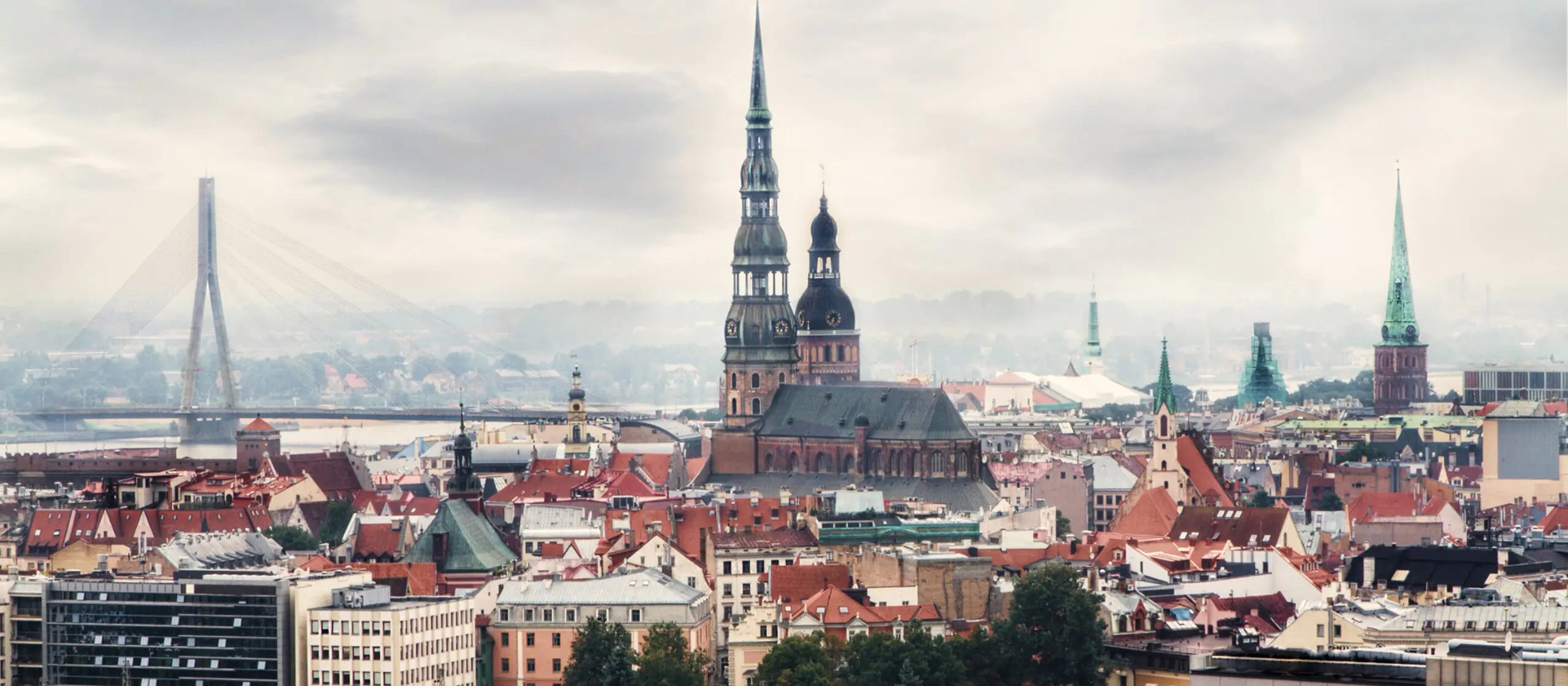
canva.com
Riga has become a popular tourist destination not only because of its fine cuisine or picturesque views of the sea coast, but also because of the architectural heritage of this multifaceted city.
Riga was founded as a port city back in the 13th century. The city quickly became one of the most important trade and economic centers of the world and was a member of the Hanseatic League, which united free cities of north-western Europe. Later Riga was part of the Polish-Lithuanian Commonwealth, Sweden and the Russian Empire. From 1918 to 1939 Riga was a part of Germany, then up to 1991 it was a part of the USSR. And finally, after the collapse of the Soviet Union, Latvia became a fully independent country.
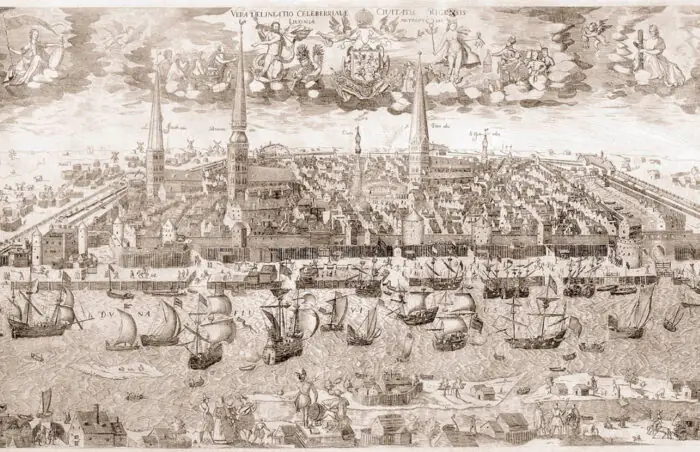
retro-lv.club
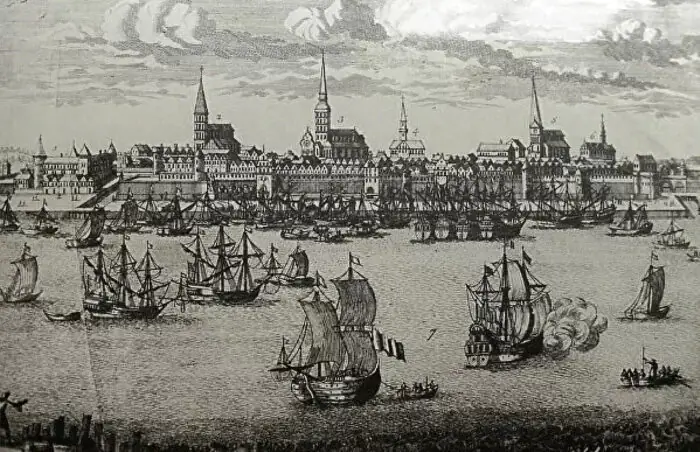
prints-online.com
Riga’s rich history and cultural ties with different countries have influenced the diversity of architectural styles: many historic buildings in the city are perfectly preserved.
The center of Riga is part of the UNESCO World Heritage Site. In the 1900s Riga became the European city with the most Art Nouveau buildings: one third of all buildings in the city center were built in this style. The capital of Latvia is rightly called the “Mecca of Art Nouveau”. More than 50 Art Nouveau buildings in Riga are considered to be the most important monuments of architecture, and almost 800 equally impressive buildings are scattered throughout the city center.
Together with them, Soviet buildings, wooden houses and medieval architecture form a unique architectural landscape.
Art Nouveau: Traces of the Belle Époque
Сolorful faсades, beautifully worked floral design, and playful geometric ornaments, and—this is what you’ll first see if you ever come to Riga. Most of the Art Nouveau buildings here were built at the end of the 19th century and the beginning of the 20th century when Riga experienced rapid economic growth. Between 1910 and 1913, three hundred to five hundred buildings were built annually in Riga, mostly in Art Nouveau style.
You should leave the Old city center to find the most beautiful Art Nouveau gems in Riga. First, go to Albert Street (Alberta iela), where many Art Nouveau buildings are concentrated. Many of them were designed by Mikhail Eisenstein, such as a beautiful sky blue house (Alberta iela 8) or the magnificent terracotta-grey one (Alberta iela 2a).
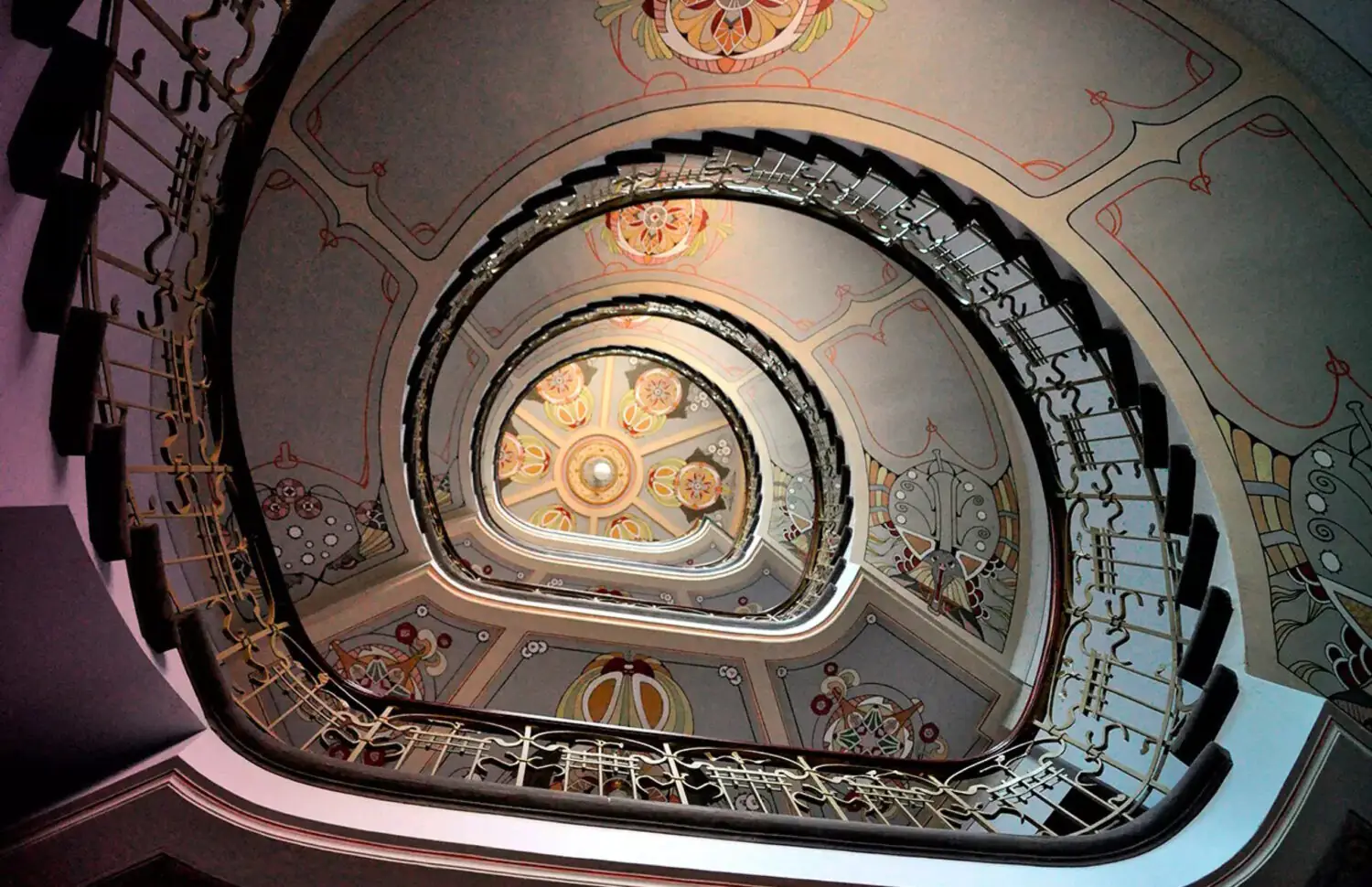
3seaseurope.com
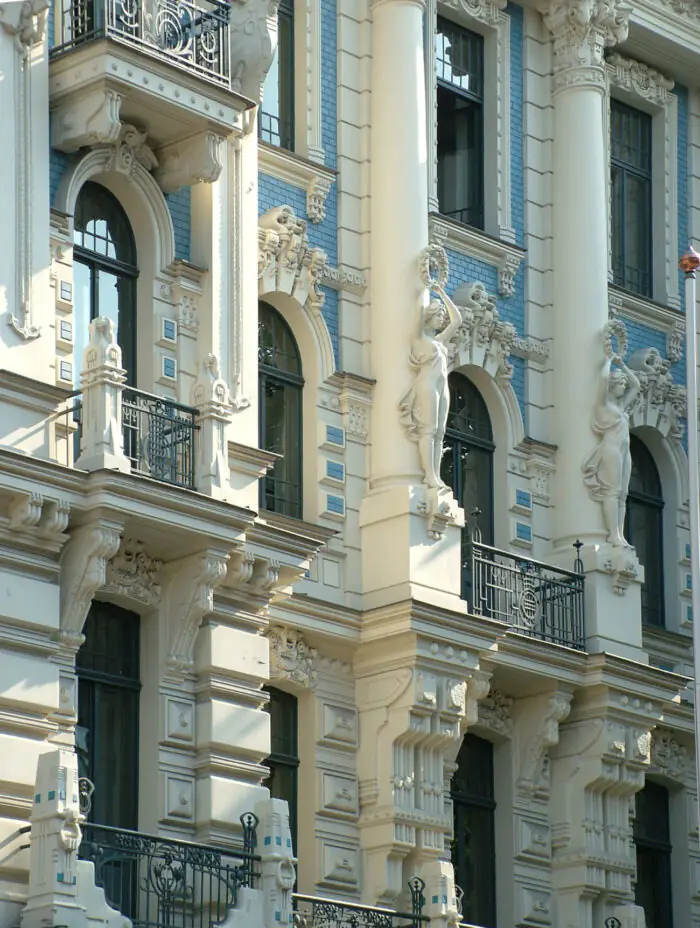
facebook.com/lust.riga
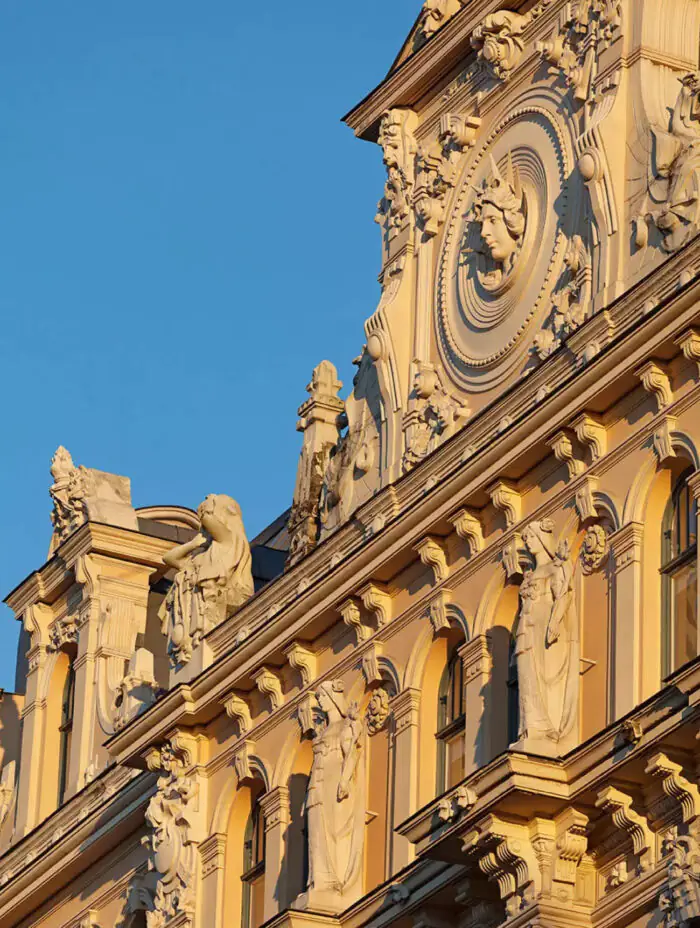
3seaseurope.com
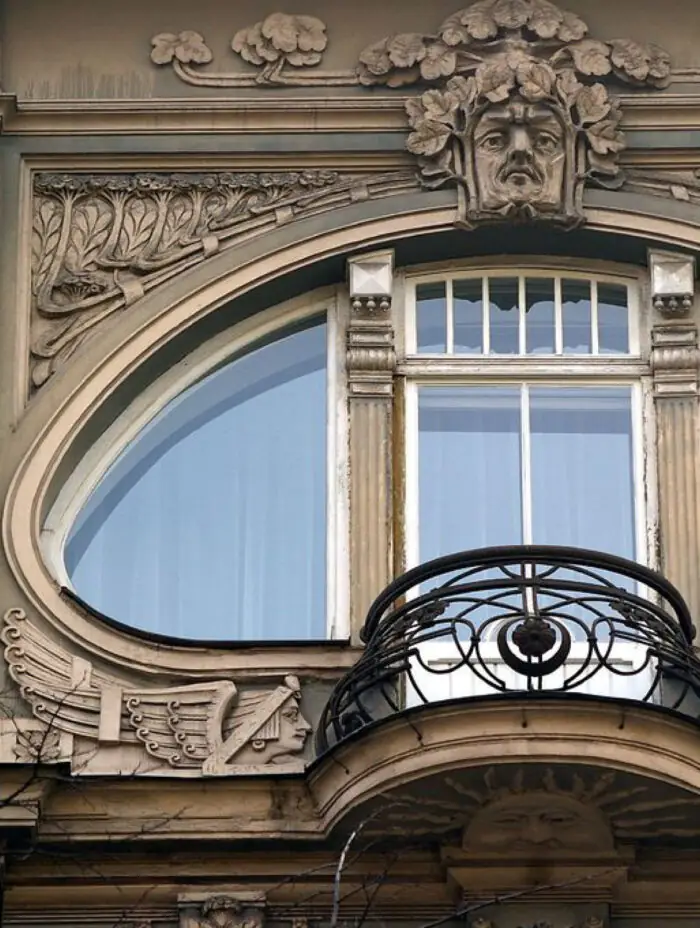
atlasobscura.com
You can also stroll through Krišjāņa Valdemāra iela and stop by building number 37, designed by another great Latvian architect Eižens Laube in 1912. Then see an example of National Romantic Art Nouveau with a more restrained decoration to Alberta iela 11. This dark building resembles an old nordic castle and is created by the same architect.
Good examples of the Late Art Nouveau period with Neo-Classical elements are the former Commercial Bank of Riga, housing Latvijas Radio nowadays, and other buildings on Dome Square (Doma laukums) in front of Riga Cathedral.
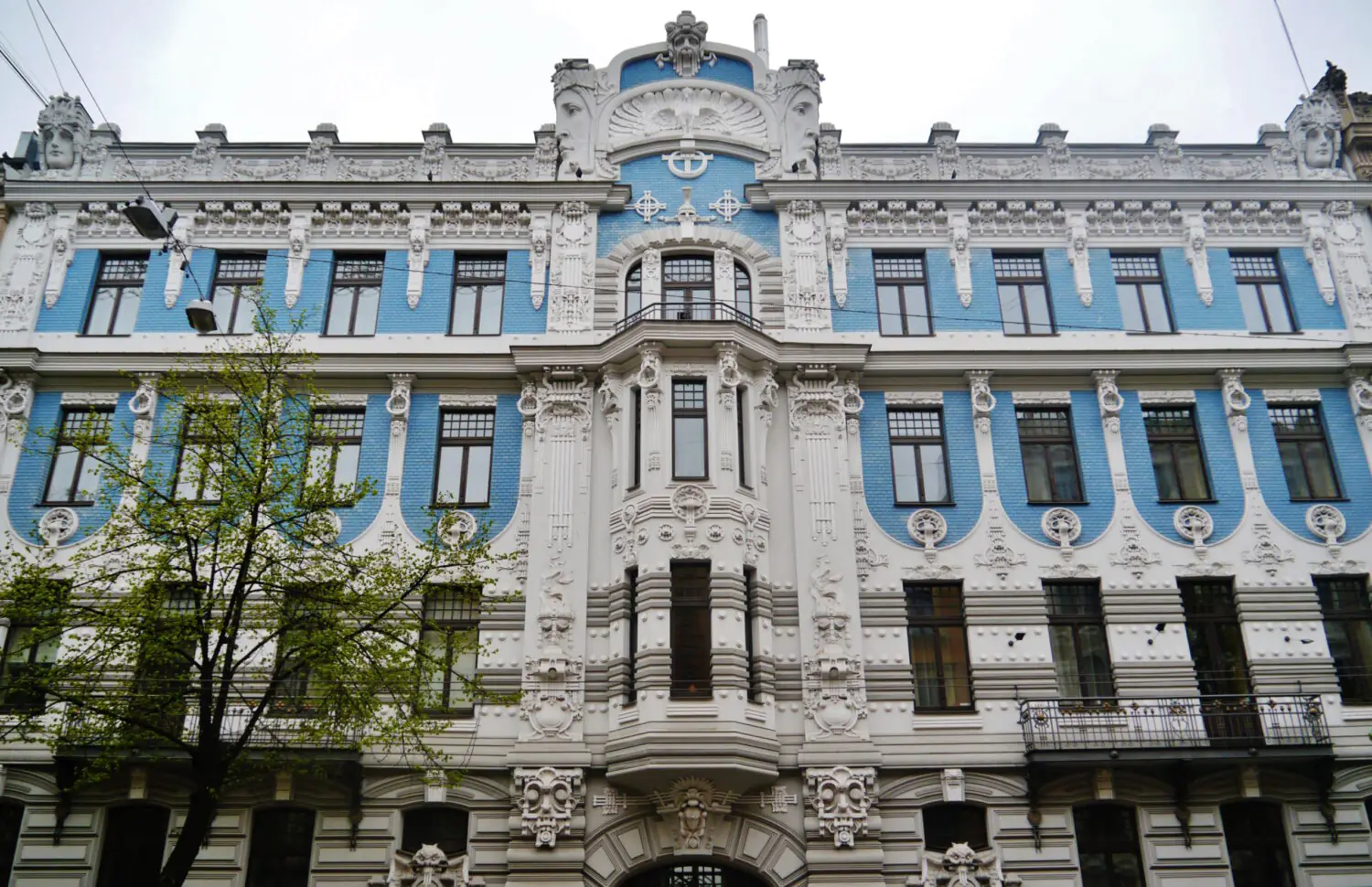
facebook.com/lust.riga
Passing by Alberta iela, don’t forget to check out Riga Art Nouveau Centre, showcasing the history of the Art Nouveau movement in the city. The museum is housed in another excellent example of Art Nouveau architecture, a building designed by Konstantīns Pēkšēns, a renowned architect and a teacher for many others, including Eižens Laube.
To finalize your encounter with Riga’s Art Nouveau, take a quick walk on Elizabetes iela and find the landmark Art Nouveau buildings there as well.
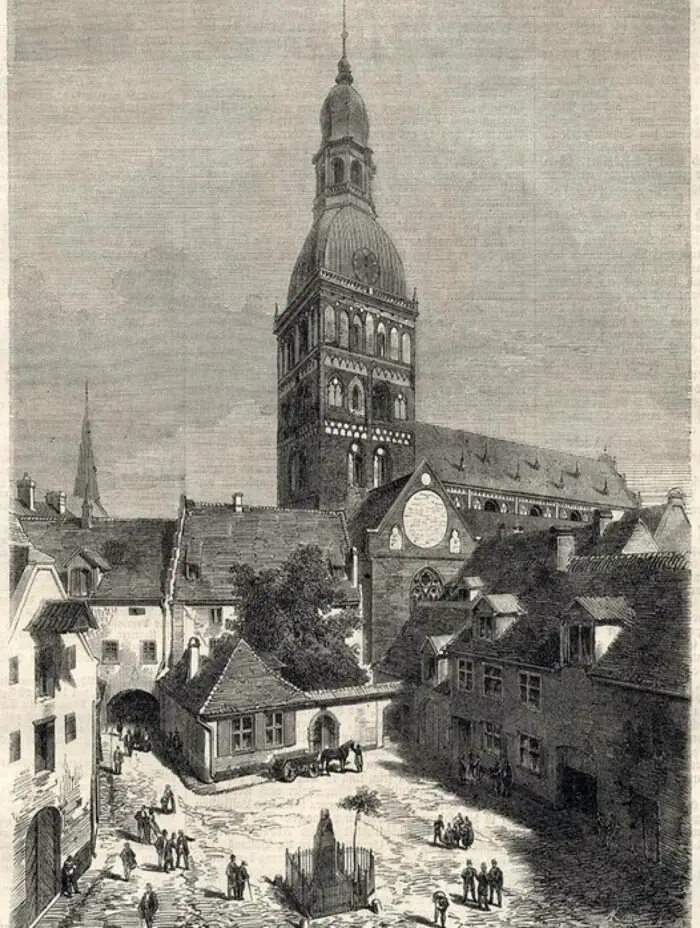
retro-lv.club
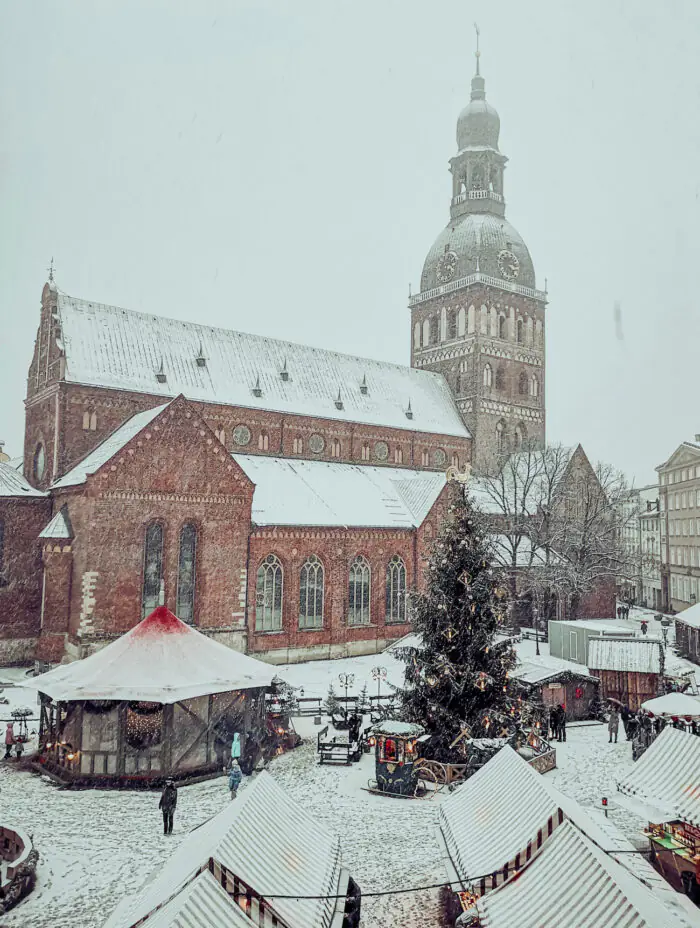
unsplash.com
Through the Years: Wooden Architecture
Along with Art Nouveau buildings, Riga has preserved beautiful examples of wooden buildings that have disappeared from most European cities due to wars and fires.
You can find wooden buildings in Riga in Grizinkalns, Sarkandaugava and Kipsala neighborhoods.
To see the best wooden trademarks of Riga, go to Grizinkalns, a formerly working-class neighborhood with many two-story buildings, some of which are already well-renovated. Visit the Kipsala neighborhood, a former fishermen’s island that is now a gentrified residential district with many well-preserved wooden gems. It’s an exciting combo regarding the coexistence of old wooden architecture and new modern houses. And to get to la crème de la crème, visit the Riga Lutheran Church of Jesus (Elijas iela 18) made entirely of wood. Also check out the Kalnciems Street Quarter, where you can explore wooden buildings and how they can be useful nowadays. It’s now a major arts venue where you can visit outdoor concerts, little craft shops, and exhibitions.
And then take a walk in the Pardaugava district located on the left bank of the Daugava River: this neighborhood is also famous for well-preserved wooden architecture from the 17th–18th centuries. Around 4 000 wooden buildings survived until nowadays in Riga.
Back in the USSR
If you are somehow a fan of brutalism and soviet modernism, then even a fine city such as Riga can offer you some soviet blocks of bricks and concrete. From 1940 until 1991, Latvia was occupied by the Soviet Union, so many buildings built in this period were designed in a restrained, often cheap, and yet quite functional way.
The first Soviet building you’ll see (and you’ll know it’s of Soviet Union heritage) is The Academy of Science (Turgeņeva iela, Latgales priekšpilsēta), located close to Riga Central Market. Citizens call it Stalin’s birthday cake, and it actually resembles a cake, but not only: it also looks like one of the Moscow Stalinist skyscrapers. You can look at it from outside, but it is also possible to enter and go up to the 17th floor to overview Riga.
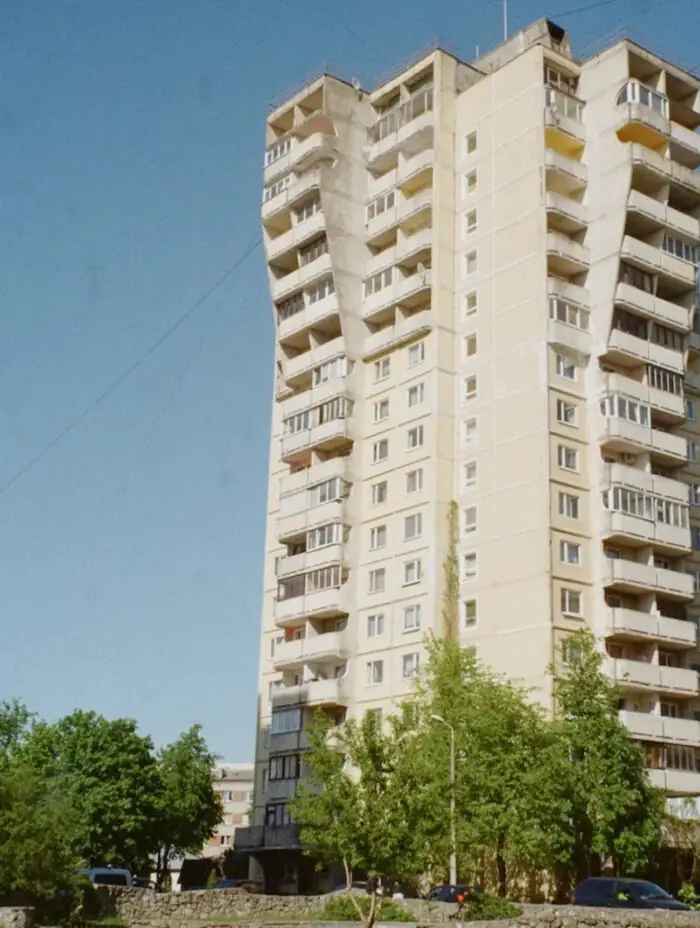
liveriga.com
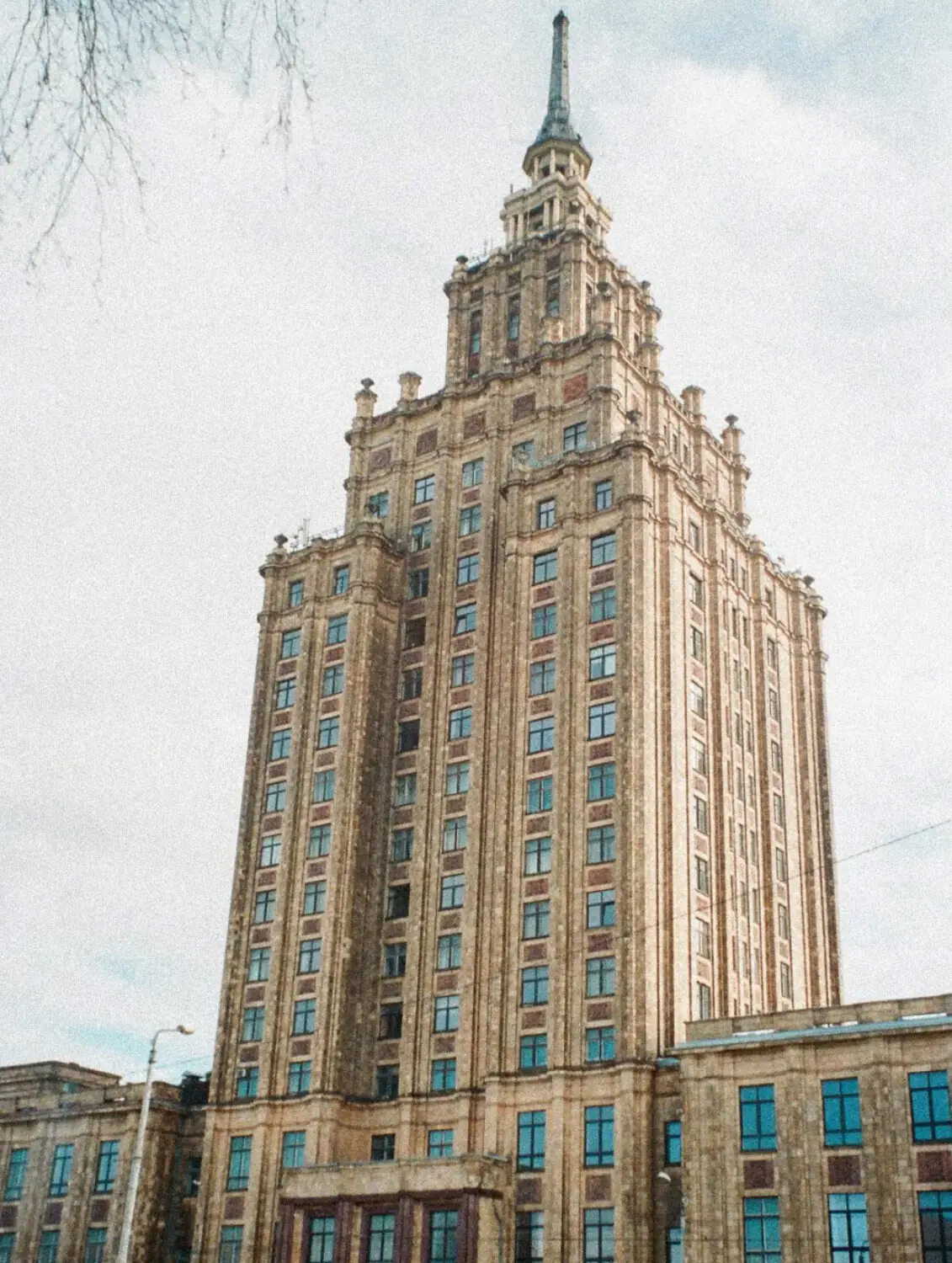
liveriga.com
Check out Dailes Theatre (Brīvības iela 75), a modernist building created by architect Marta Stana. Stroll through Madonas street (Madonas iela 21, 23) to find the Soviet apartment buildings built in the 1980s that have been quite innovative. To see how the Soviet khrustshevka, 5-story cheap buildings with no decorations constructed for the working class, looked like, walk up to the end of Kristian Valdemar street (Krišjāņa Valdemāra iela 52/54).
Riga is quite an eclectic city that harmonically combines seemingly incompatible elements, such as Art Nouveau pieces, wooden heritage, and ambiguous Soviet past, as well as many other architectural styles. Continue walking around Riga’s old streets and boulevards to fully get the spirit of this historical town, because the best way to get to know the city is by strolling around it.
Read our other articles where we tell more about Riga Art Nouveau and Soviet architectural heritage.


